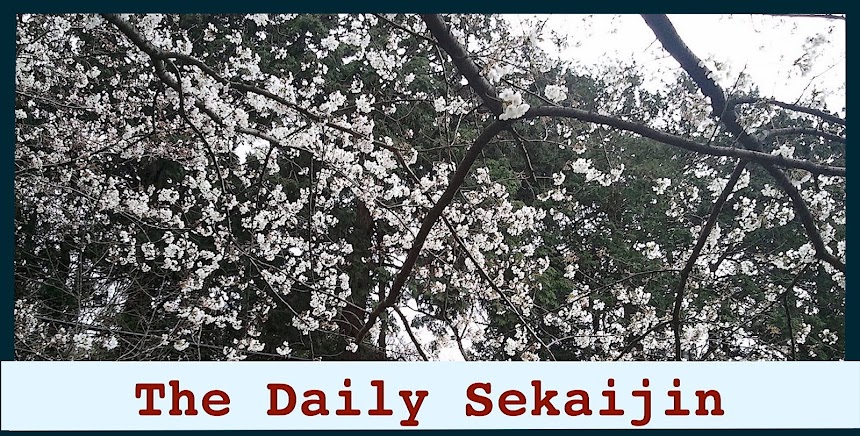Hello!
How are you? Here are some final notes for all of you in the ASE and AE2Y I classes.
Above are the lesson board notes for today's classes. Below are the supporting board notes for both classes today, with some extra supporting notes for the AE2Y I class only. But first - if you would like a refresher on the post for our class today about the summary review and notes on outlines, click here.
Take a look at these!
ASE & AE2Y I:
For anybody who still needs to check their summary drafts outside the classes, look at the note above about self-checking your summaries.
Special note for ASE I:
My apologies to all of you - there was one thing I should have reminded all of you today that I forgot! That is - on your displays, you should also put your summaries!
So have a section on the poster where you write your summary in small, but clearly readable print.
But remember to also write your final drafts of your summaries on the top part of the handout page with the classmates' evaluation page! This page you will cut out and hand in to me after we are finished with the presentations!
This means you are writing the summary twice (2 times) - one time on a section of the poster, then the exact same summary one time again on the handout page with the classmates' evaluation. It is of course the same summary of the topic - no different!
Sorry about this!
I highly recommend that all of you keep practicing your spoken presentation delivery outside of the classes, and to practice with each other and help each other with encouragement and advice.
Take a look at the note below:
Now the following notes are for the AE2Y I classes only!
AE2Y I:
Extra notes:
My apologies to all of you in the AE2Y I classes - there was one thing I forgot to remind all of you about today.
On your displays, you should also put your summaries!
If you are making a small poster:
Have a section on the poster where you write your summary in small, but clearly readable print.
If you are making a Power Point/KeyNote show:
The same goes for any Power Point or KeyNote displays - your second (2nd) slide after the title slide should have the summary, like this:
Summary slide (Write your final draft of your summary here on the slide, in a 12-point size font) - 例えば:
Summary
There have been many great partnerships, as well as rivalries, in the history of science and technology. Perhaps no rivalry was greater than that between Thomas Edison and Nikola Tesla. While both figures are crucial in the development of the practical application of electricity to everyday life, this presentation/report will show that Edison may have been the greater figure given the numerous applications of electricity he made possible through his inventions. (71 words)
Important note:
Now please also have the same summary on your written composition (作文)! This means you are writing the summary twice (2 times) - one time on a section of the poster (if you are doing a poster) or one time on the second (2nd) slide of your slideshow (if you are doing a Power Point or KeyNote show) for 5/21, then one time again on your written composition paper for 5/28.
In both cases - either for poster presenters or slideshow presenters - then copy the same summary onto your writing report.
You do not have to change the summary! Copy it on your written report the way you had written it on your poster or slideshow.
So I hope these final notes can help you for next week!
One more reminder for AE2Y I students: We'll do the presentations next week on 5/21 - then hand in the written compositions on 5/28!
One more reminder for all students in both ASE and AE2Y I: You don't have to make an outline if you don't want to - but you will find it will help you with speaking from keywords and key phrases - so you might want to try it (but you don't have to)!
I'll see all of you in ASE and AE2Y I next week with your great presentations!
Take care!
Images: Personal photographs. All rights reserved.



















